Asus GeForce GTX660-DC2T-2GD5 Review
Performance wise, the GTX 660 is slightly behind the GTX 660 Ti and proves to be a worthy competitor to the HD 7950 from the AMD camp. Compared to the previous generation, the GTX 560 to be precise, the GTX 660 DC2T manages to give a performance increment of approximately 47% in synthetic and about 44% in gaming benchmarks. Similarly the GTX 660 is ahead by a whopping 62% compared to the GTX 460. Coming in at Rs.18,850/- the ASUS GTX 660-DC2T-2GD5 is what gamers have been waiting for.
The Chipset
The GTX 660 is based of the Kepler GK106 core, which according to early reports, will also be used on the 650 Ti. While the 650 will be based on the GK107 core which we have already tested on the GT 640. Needless to say the GT 640 scores quite high on the price/performance aspect.
Nvidia’s web page has already listed out the GTX 660 specs, however, they are of the OEM SKU and not the retail SKU that we’ve tested here. The retail GTX 660 has 960 CUDA cores while the OEM version is said to be based on the GK104 core with 1152 CUDA cores. Base core frequency is at 980 MHz with a boost clock of 1033 MHz and It has 2GB memory clocked at 6008 MHz that runs through a 192-bit bus.
The ASUS GTX 660 DC2T being a DirectCU II and a TOP edition card means that it’s clocked slightly higher than a stock card. To be precise, the core frequency is at 1072 MHz which is 92 MHz above stock and the boost clock is at 1137 MHz, which is a cool 104 MHz OC.
Here is how it compares against other Kepler and Fermi cores.
Visit page two for more details about the ASUS GTX 660 DC2T, including its features, build quality, and performance…
ASUS GTX 660 DC2T
The ASUS cards with DirectCU heatsinks are quite the bomb.
It stays remarkably cooler compared to stock cards, inspite of being a TOP edition card.
So it’s more performance at a lower temperature.
What’s in the BOX
â—The Card
â—Driver CD
â—GPU Tweak Manual
â—VGA-DVI Adapter
Features
As with all other 600 series cards this too supports TXAA, FXAA, Adaptive VSync, GPU Boost. TXAA and FXAA are able to crunch out better visuals at a lower performance impact as compared to current Anti-Aliasing algorithms. Adaptive V-sync flips on and off depending on the current FPS that the card is generating. If the FPS is above 60 V-sync kicks in, and if below 60 it’s turned off.
Build Quality
As with all other DirectCU II cards, this too has a matte black PCB. The heatsink consists of 3 heat pipes which are embedded in an aluminium die. It sits firmly atop the GPU core and spans out across what can be described as a humungous array of fins. Only the portion that is in touch with the core is copper while the rest of the heat pipe is metal plated to avoid corrosion.
The fan assembly is plastic unlike higher end cards, whose fan assembly consists of a metal hood. There are two evenly spaced 70mm (FirstD FD7010H) brushless motor fans which handle all the airflow. There are 8 memory chips (Samsung K4G20325FD-FC03) with 4 on each side of the PCB and they are not in direct contact with the heatsink.
The card is powered by a 6 pin connector and like most of the ASUS cards we’ve seen has 2 LEDs to indicate if proper contact has been achieved once the connectors are inserted. All components are well placed with ample space between them, so hotspots aren’t an issue.
Visit page three to read more of the ASUS GTX 660 DC2T review, including the Test Bench, Benchmarks, Temperatures, and more
Test Bench
â—Processor: Intel Core i7-3960X CPU @ 3.30 GHz
â—Motherboard: ASRock X79 Extreme6/GB
â—Memory: Kingston KHX2133C11D3K4/16GX (Quad Channel @ 2133 MHz)
â—SSD: Kingston KC100 120 GB
â—GPU: ASUS GTX 660 DC2T-2GD5
â—PSU: Cooler Master Silent Pro 850W
â—Monitor: Alienware OptX 2210
â—OS: Windows 7 Ultimate 64-bit
â—Cards used for the comparison:
â—‹ASUS GTX 660-DC2T-2GD5
â—‹ZOTAC GTX 660 Ti AMP Edition
â—‹ASUS GTX 680-DC2T-2GD5
â—‹MSI Twin Frozr R7950
â—‹ASUS GTX R7970-DC2T-3GD5
Benchmarks
â—Synthetic
3DMark11
|
Entry
|
Extreme
|
Performance
|
A good overall benchmark suite, 3DMark 11 clearly puts the GTX 660 at par with the HD 7950 across all three segments. The physics score remains the same as it is computed by the CPU so it has been shown in the first graph and then omitted from the other two.
Unigine 2.5
|
FPS
|
Score
|
Unigine Heaven is an all-round gaming benchmark which makes good use of DirectX 11’s features. The GTX 660 scores ahead of the HD 7950 at both 1080p and 720p resolution.
â—Temperatures
The three cards with low temperatures are all from the DirectCU II series and its cooling ability is quite evident from the numbers. Idle temperatures bobbed around 30ºC while at full load it managed to keep the temperatures below 60ºC, which is quite remarkable. Our test rig is kept open so temperatures while the card is installed within a cabinet will be slightly greater.
Visit page four to read more of the ASUS GTX 660 DC2T review, including the Gaming Benchmarks, and more
â—Gaming
Resident Evil 5
|
720p
|
1080p
|
Resident Evil isn’t reliable at higher frame rates and puts out pretty much the same value across a wide range of cards, however, here we do see the results slightly in favour of the AMD cards.
Dirt 3
|
720p
|
1080p
|
The 660’s performance is consistent with the 7950 with the latter maintaining a slight lead. 1080p performance is smooth.
Lost Planet 2
|
720p
|
1080p
|
Batman Arkham City
|
720p
|
1080p
|
Arkham City plays fine on the 660 but in quite a lot of the scenarios minute stuttering was noticed.
Sniper EliteV2
|
720p
|
1080p
|
One of the newer benchmarks, Sniper EliteV2 proved to be taxing on all Nvidia cards. The differences between the 660 and 680 are minimal at 1080p Max settings. While the game is playable on the GTX 680, there will be moments in the game where stuttering will be readily noticeable. As for the 660, it is better to stick to 720p.
Alien v/s Predators
|
720p
|
1080p
|
Compared to Sniper EliteV2, AvP offered higher FPS, most of the time about twice as much.
Visit page five to read more of the ASUS GTX 660 DC2T review, including the Verdict, and complete specifications
Verdict
Performance wise, the card is slightly behind the GTX 660 Ti and proves to be a worthy competitor to the HD 7950 from the AMD camp. The differences pop out when AMD friendly benchmarks give the 7950 a slight edge while Nvidia friendly ones give the 660 a minor lead.
Compared to the previous generation, the GTX 560 to be precise, the GTX 660 DC2T manages to give a performance increment of approximately 47% in synthetic and about 44% in gaming benchmarks. Similarly the GTX 660 is ahead by a whopping 62% compared to the GTX 460.
The ASUS GTX 660-DC2T-2GD5 comes in at Rs.18,850. Given the performance increment achieved in comparison to the older cards, an upgrade is justified. We plotted the card into our comparison sheets and not surprisingly, the card turned out to score high on a price-to-performance ratio.
Specifications
- Chipset – GK106,
- Bus standard – PCI Express 3.0,
- Base clock – 1072 MHz,
- Boost clock – 1137 MHz,
- Memory clock – 6008 MHz,
- Memory – 2048 MB GDDR5,
- SLI – 2 way SLI support,
- CUDA cores – 960,
- Texture units – 80,
- ROPs – 24,
- Connectivity ports – HDMI, DVI x2, DP,
- DirectX Support – 11.1,
- OpenGL Support – 4.3,
- Power Connectors – 6 Pin connector,
- TDP – 140 W,
- Dimensions (LxWxD) – 270mm x 128mm x 38mm,
- Fans – 2 x 70mm,
- Warranty – 3 years.
Contact Details
Company – ASUS Technology Pvt. Ltd
Email – reachus@asus.com
Phone – 91 22 6766 8800 / 18002090365
Website – www.asus.in

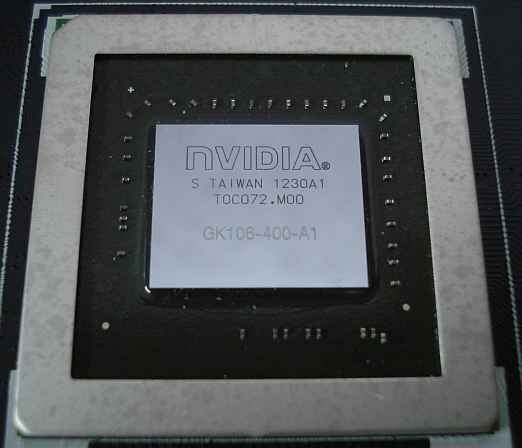
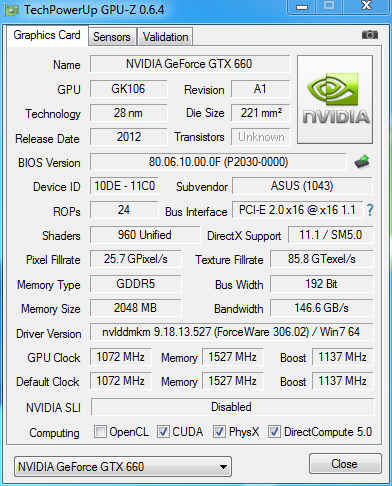
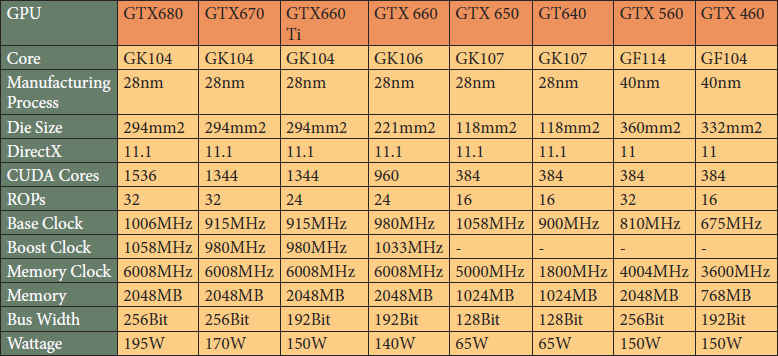
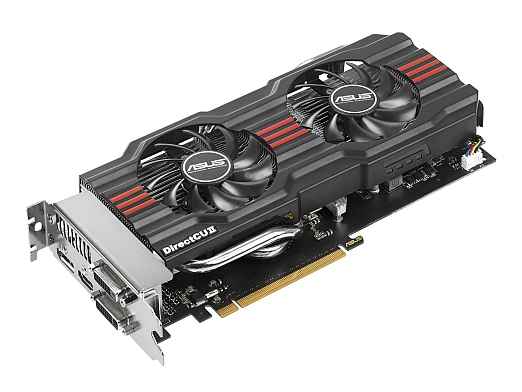

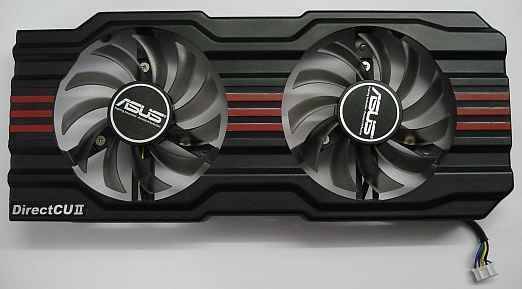
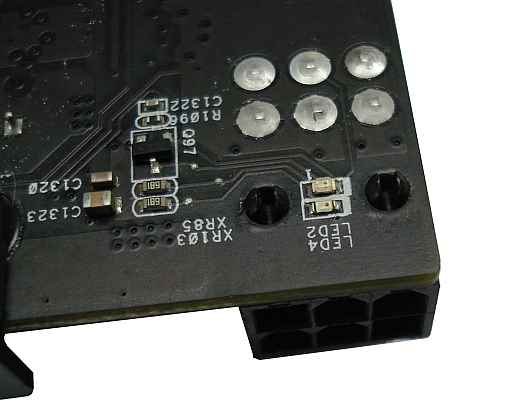

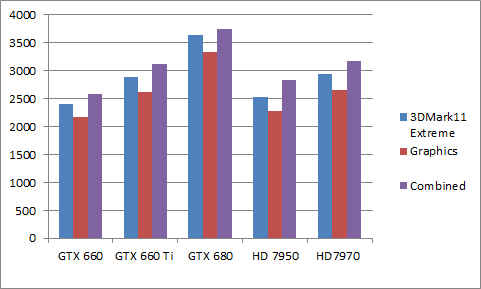
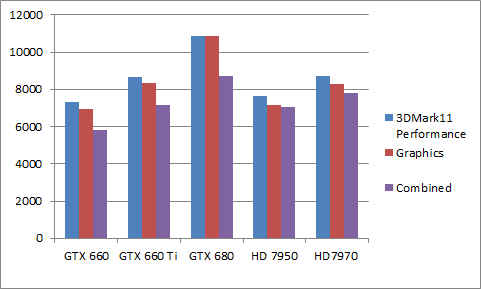

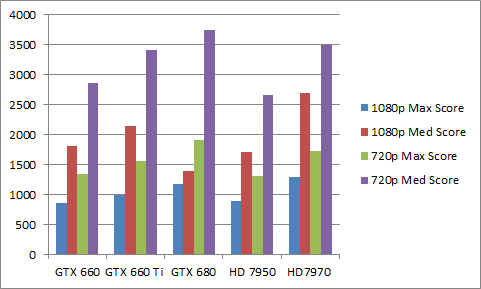

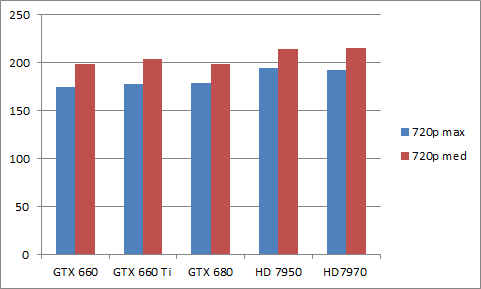
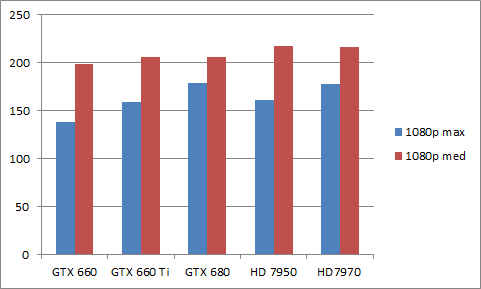
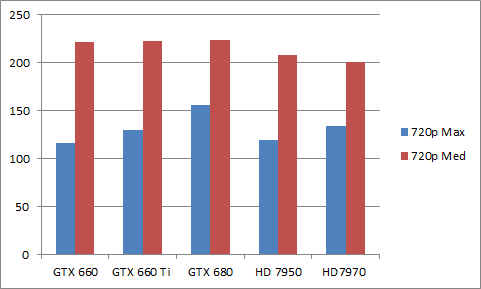
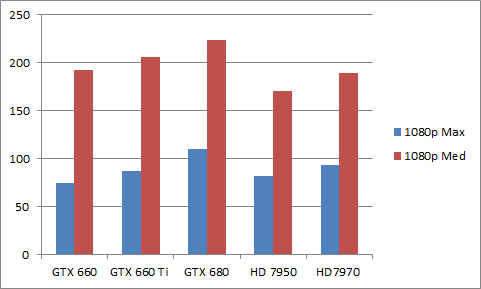
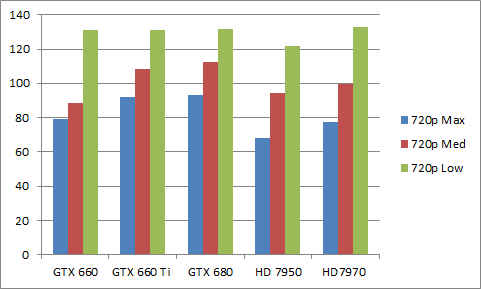
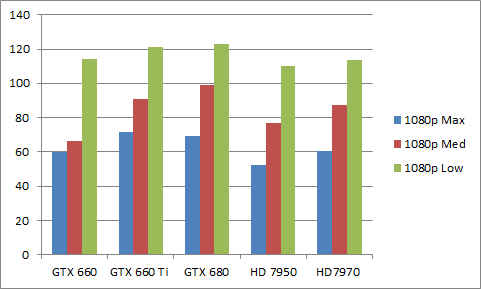
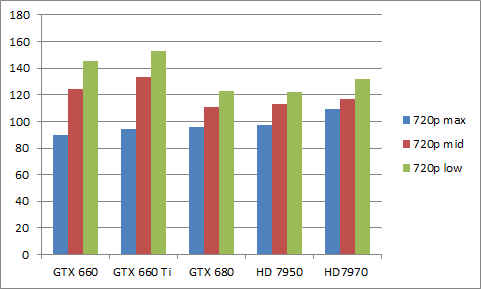

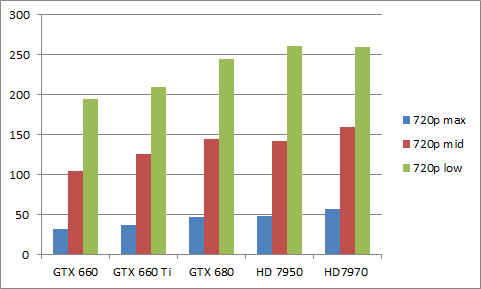
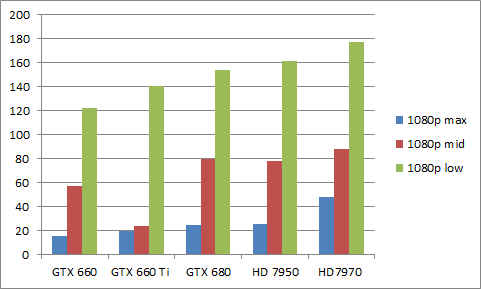
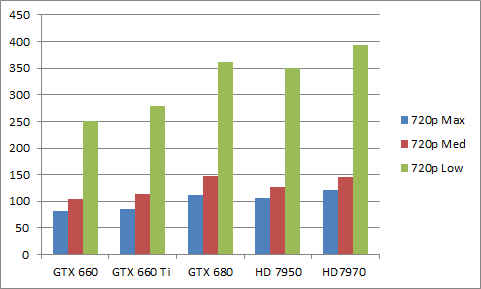
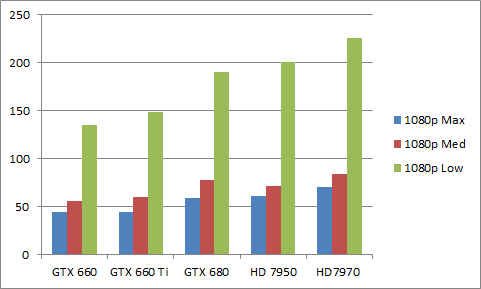
.jpg)